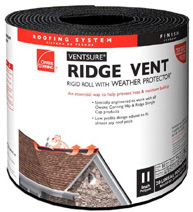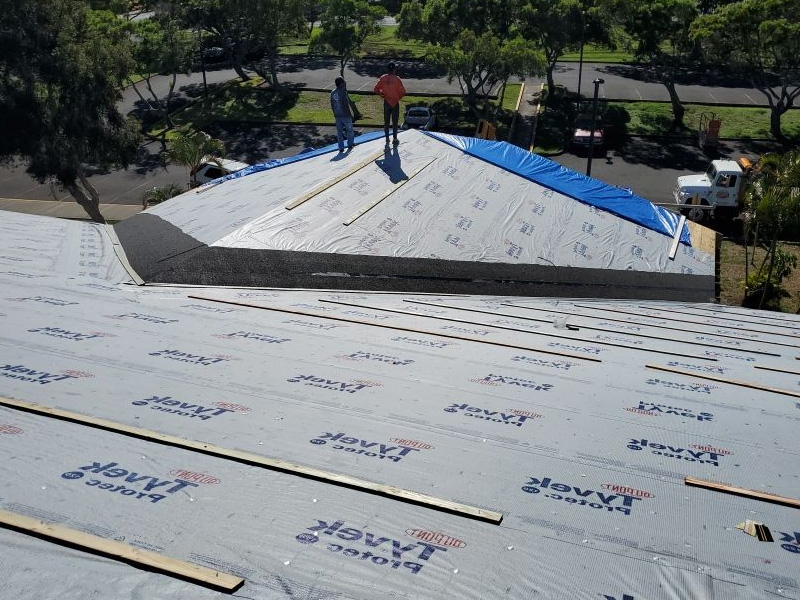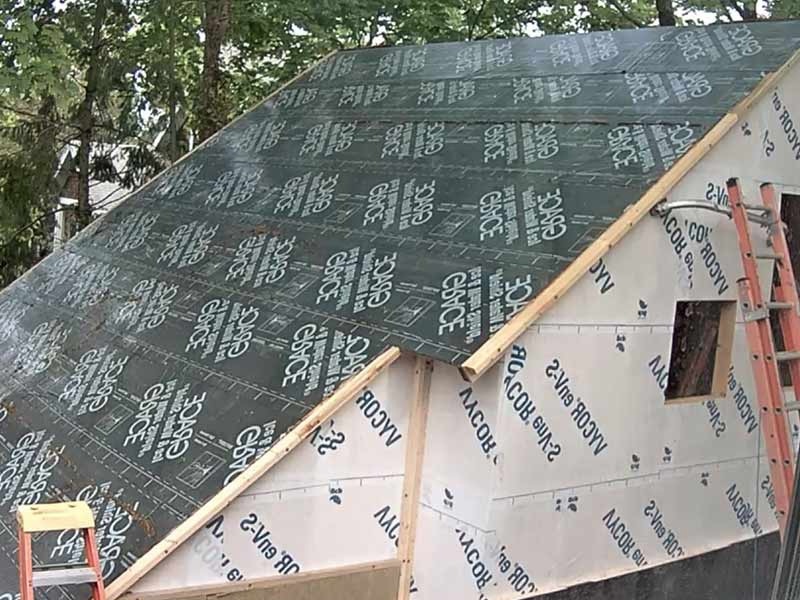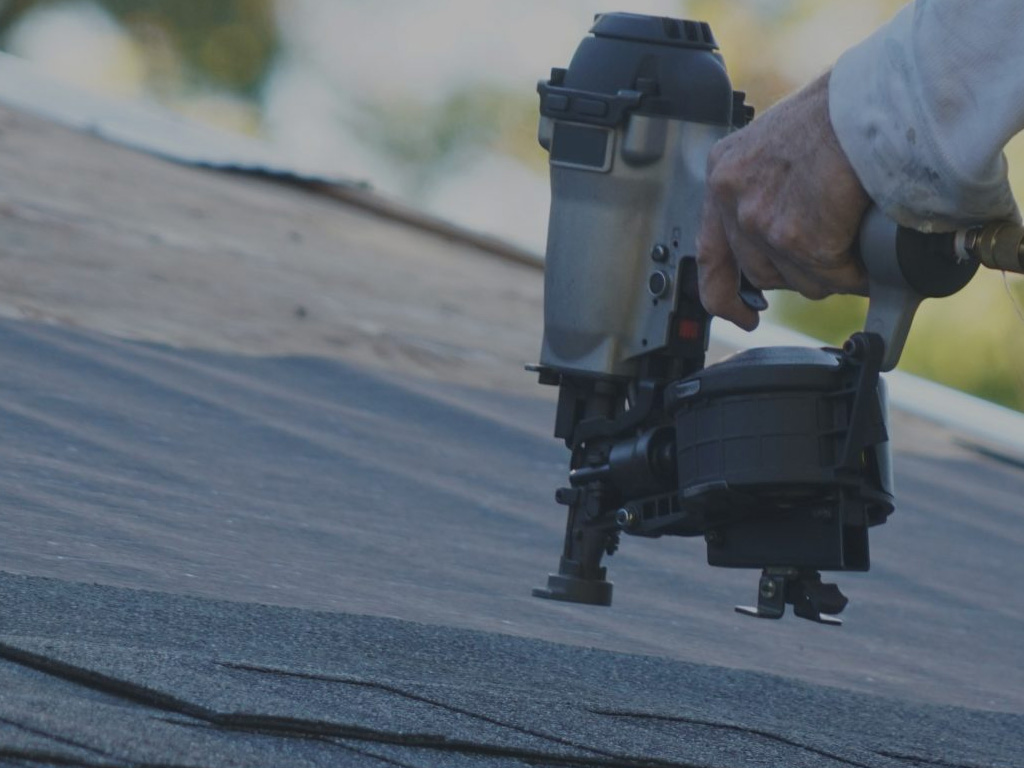Which is the better weather shield, Grace Ice and Water Shield vs. Owens Corning Weatherlock? Let’s see.
Whenever we need to protect our homes against natural challenges such as wind, water, and snow, evaluating solutions based on longevity is essential.
Maintenance of a house or building can take a lot of time and resources. Therefore, it is essential to choose the right materials to get maximum use value out of your efforts.
This analysis evaluates both options based on their quality, performance, and long-term investment value.
Why do you need a weather shield to begin with?
If you live in areas susceptible to strong winds, ice, and rain, a weathershield can be a great fit for your house.
Weather prevents wall damage from moisture retention, seepage, wind wheezing, and other irritable wind-water-ice phenomena associated with harsh weather and climate change.
Similarities between Grace Ice & Water Shield vs. Owens Weathercock
These products come in the shape of multi-layered, self-sticking, slip-resistant sheets. You can apply these yourself. They will adhere to just about any dry surface.
You can, however, choose one by deciding which one is best suited for the surfaces used in your house.
For example, one is better for asphalt shingles, while the other is better designed for windows, doors, sun visors, chimneys, skylights, etc.
Let’s start by understanding the purpose and characteristics individually before we test them in an ultimate face-off.
Grace Ice & Water Shield

The Grace Ice and Water Shield is a self-adhesive layer solution for climate protection and preventing severe ice or rain damage.
This coating allows your building to resist wind and water pressures and prevent any damage it may be susceptible to in terms of leakage and wall damage.
It is designed to prevent ice dams between walls, water retention, and swelling of roofings, slopes, and other outdoor walls. The ideal way to use it is under your roofing material or wherever slopes are.
This extends to higher and lower slopes, sun windows, shutters, and other indented parts of your building.
The layers of this weather shield include paper that has no seams. It does not crack or dry out like paint.
It is non-slippery and sticks well between your ceilings and the outer decorative roofing materials.
One of the layers of this ice and water shield is made up of rubberized asphalt.
This allows it to remain dent-free, with no holes, old or new form, and it is non-permeable for the wind, air, or moisture to seep into your house or its walls.
This additionally provides a great deal of environmental insulation and can be a great investment to insulate your home from severe climate changes.
Features
- This shield will protect your house from sun exposure for up to 120 days
- The shield can resist high temperatures
- It has a very stick base and a rubber top cover, allowing a non-slip grip between your construction layers.
- The product comes in a roll packaging for easy DIY application
- It has a tensile strength membrane can deal with 250 psi wind or water pressure.
Pros
- Allows additional wind, water, ice, and snow protection
- Suited for multiple surfaces, including shingles, asphalt, metalwork, and glass panes
- The adhesive does not dry out or leave its position
Cons
- You may need professional assistance to remove your existing roofing to add this layer.
- You must cover the entire surface for complete protection
Owens Corning WeatherLock
On the other hand, the Owens Corning Weatherlock is a flexible ice sealant.
It works like tape to adhere to your walls, chimneys, windows, and other outdoor areas of the house’s exterior.

This particular type has been mastered to be a great fit for houses with asphalt shingle roofs and bricked areas.
You can use it with quarry slate roof assemblies, too. The Owens Corning Weatherlock works well with woodwork as well.
The nature of its adhesive and its layer-by-layer construction make it a diverse option for roof decks, windows, and chimneys.
You can use this to prevent water seepage, ice, wind pressure, water or ice build-up, infiltration from rapid ice build, and thawing, among other naturally occurring challenges in urban homes.
The ideal way to use this is to peel off the safety sheet and reveal the slip-resistant texture.
Once the adhesive protective sheet is removed, the layer will stick onto any surface sealing it. Features
- Comes with a flexible, stretching, pliable soft surface and hardened asphalt to fit nooks and crannies
- Can adhere to cold as low as 40 degrees
- Allows waterproofing, especially in slanted and hollow areas.
Pros
- Very sticky but not prone to breakage, peeling, or lifting due to prevent water seepage
- The slip-resistant surface that holds itself even seasons after you install it
- Perfect for covering nail tracks and other wind or moisture entry points in your house’s exterior walls
- Easy to apply and can be done yourself. No professional help is required
- It can be applied in some areas for spot protection as well
Cons
- Little or no UV protection
Performance Comparison
Both options are available in a granular format. This allows a ridge to form that prevents the formation of water pools or ice dams.
Ice dams can thaw with warm wind, and that can cause a slow progression of water seepage into your house and interior walls.
 Since both options can fully cover a roof, eaves, and valleys, we compare them in an environment where we consider complete insulation and installation.
Since both options can fully cover a roof, eaves, and valleys, we compare them in an environment where we consider complete insulation and installation.
Use on Windows and Skylights
Owens Corning Water Barrier Waterlock is a better choice for windows and skylights. This is because it seals the open crevices for air and water seepage.
You will not hear wheezing, giving an industrial strength flexibility to cover all nooks and crannies.
Use on Chimneys and Asphalt
Grace Ice and Water Shield are better for chimneys, asphalt roofing, and shingles.
You can add these sheets under or over the roofing as preferred. Underlayment is recommended and allows a more comprehensive drip resistance.
Use on decks and other open surfaces.
Owens Corning Water Barrier Waterlock is better for woodwork and wood-alike products. The wood tends to swell if water stays on for too long.
If you use the Grace Ice and Water Shield, you may notice water pools on nonslanted valleys. This can be prevented with the Owens Corning Water Barrier and Sealing System.
Application
Both options will take equal time to apply and adhere to your surface. You can use either to support your needs if you are wondering which one is easier to apply.
You can peel off the safety sticker, reveal the adhesive, and the non-slip granulated part will come on top to form a ridge between the top surface or the exposed front of the material.
Longevity
Both options are a premium choice; you can get low-cost replicas and imitation products for both, which will be equally disappointing as anything low-cost and cheap.
If you want a long-term solution, you must pick between these two, and both should give you peace for a great season ahead.

You do not need to change or update your weather protection every year unless you notice a lot of damage from the previous season, poor application of the previous weather shield, or a lack of coverage.
You should give your roofs adequate covering to prevent any water leakage anywhere possible to extend the weather shield’s benefits fully.
Final Verdict
So, in a nutshell, if you have to cover your wooden decks or areas with a lot of nooks and crannies, go with the Owens Corning Water Barrier Weatherlock Shield.
This will give you great comfort as it is flexible, and you can adjust it to fit your needs.
If you are interested in a bigger path or a flat-laying item, the Grace Ice and Water Shield can be a good fit.
This is an underlayment, and that can be time-consuming if you want to be very precise.
It is best to choose Grace if you have prior experience removing asphalt shingles and then reapplying; otherwise, it can be a tedious job for one.
Whichever option you choose, remember to consider the surface area you want to cover, whether you want to cover spots or the entire area and the material you are covering.

Arthur is a skilled roof worker with over 10 years of experience in the industry. He started his career as an apprentice and worked his way up to become a foreman.
When he’s not working on roofs, John enjoys with his family or writing posts. He is also a passionate cyclist.

